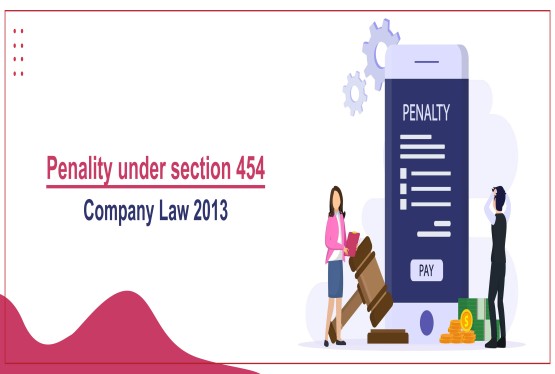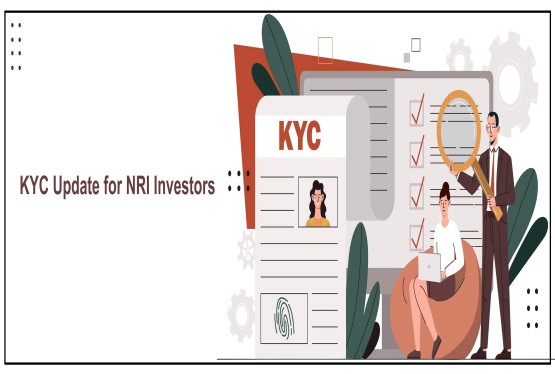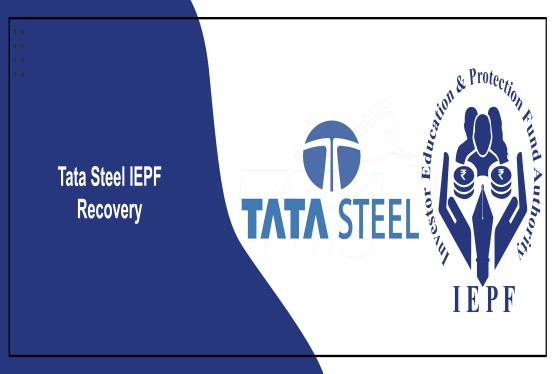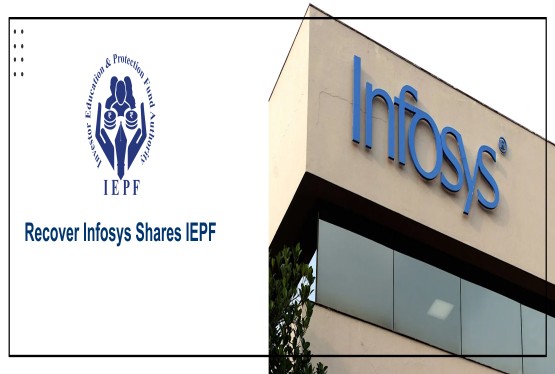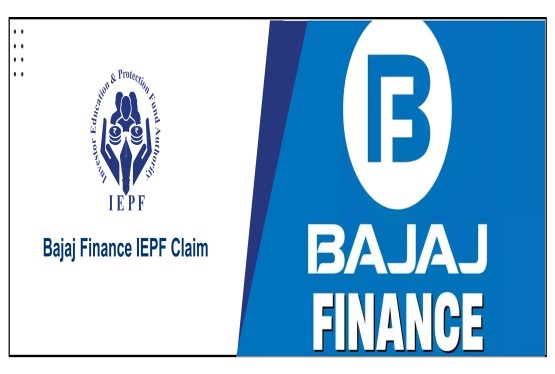In India, many small businesses or Individuals when start its business as Partnership Firm or Limited Liability Partnerships (LLPs) because they are easy to set up and have less legal requirements compared to companies like no Statutory Auditor appointment required up to 40 lacs of turnover and no other mandatory compliances applicable unlike private limited company such as INC-20A , DPT-3, MGT-14 etc for any day to day operational activity and also LLP enjoys the lesser fees and penalty provisions too. However, as the business grows, there might be a need for more investment or capital through equity investment, formal structure as Pvt Ltd and required credibility in the market. Hence to achieve this, many Partnership firms or LLP’s later choose to convert their Firm or LLP into a Private Limited Company. A Private Limited Company structure gives a business more flexibility to raise funds through equity and other capital instruments, bring in investors, and expand its operations.
Learn How to convert Partnership form into Private Limited company?
The Companies Act, 2013 u/s 366 of the Companies Act, 2013 allows for this kind of conversion under certain rules and procedures and Web form URC-1 is required to be filed pursuant to Section 366 of the Companies Act, 2013 and Rule 3(2) of the Companies (Authorised to Register) Rules, 2014. Any partnership firm, limited liability partnership, society, trust or any other business entity formed under any other law for the time being in force consisting of two or more members, may at any time register itself under Companies Act, 2013 as a Part I Company. For this conversion, web form URC-1 shall be filed along with web form SPICe+ with MCA after paying the applicable fees.
This article will explain the step wise process for conversion of an LLP into a Private Limited Company
Applicable Provisions for Conversion of LLP into Pvt Ltd
The legal basis for converting an LLP into a Private Limited Company has been prescribed under Sections 366 to 374 of the Companies Act, 2013, the sections are described in Part XXI of the Act, which deals with the registration of existing businesses as companies. According to this law, LLPs, partnership firms, societies, and other entities can register themselves as companies if they meet certain conditions and also important to know that all the existing assets, liabilities, rights, and obligations of the LLP will be transferred to the new company after the conversion. Also, the name of the company must include “Private Limited” at the end, and all partners in the LLP must become shareholders in the new company.
Pre-Conditions Before Starting the Conversion
Before beginning the conversion, the LLP must ensure that certain conditions are fulfilled. First, the LLP should have at least two partners. After conversion, there must be a minimum of two directors in the Private Limited Company, and at least one of them must be a resident of India. All existing partners in the LLP must become shareholders in the new company. If the LLP is converting under Section 366, it should have a minimum of seven partners. Also, there should be no secured loans or charges on the assets of the LLP at the time of conversion. The LLP must be registered under the Limited Liability Partnership Act, 2008, and the LLP has regularly filled its all legal and tax filings.
Process to Convert LLP into a Private Limited Company
The following is the process to convert LLP into a Private Limited Company:
Step 1: Reserve the Company Name
The initial step in the conversion of an LLP into a Private Limited Company involves reserving a suitable name by filing the RUN (Reserve Unique Name) form on the Ministry of Corporate Affairs (MCA) portal after checking the company name availability. The proposed name must be distinctive and should end with the suffix “Private Limited.” Additionally, it should be clearly indicated in the form that the application pertains to a conversion from an LLP to a Private Limited Company. Upon approval of the name by the Registrar of Companies, the process can move forward to the subsequent stages.
Suppose the LLP is currently registered as: "Finwise Solutions LLP"
You want to convert it into a private limited company. The first step is to file the RUN form on the MCA portal and propose a new name like:
"Finwise Solutions Private Limited"
In the RUN form, you must:
-
Enter this name with “Private Limited” as the suffix.
-
Select the option indicating that it is a conversion of an LLP into a Private Company.
-
Attach a Board Resolution (if available) and mention the LLP’s existing LLPIN in the comments section.
Once the Registrar approves the name, you can proceed with drafting incorporation documents (SPICe+ forms), preparing affidavits, and other formalities for conversion.
Step 2: Advertisement in two local newspapers in Form URC-2 & Consent of Creditors
Once the proposed name is approved, the LLP is required to issue a public notice in Form URC-2 as part of the conversion process, a notice must be published in two newspapers—one in English and the other in the principal vernacular language of the district where the LLP's registered office is situated. The purpose of this notice or publication is to inform the public about the proposed conversion of the LLP into a Private Limited Company and to invite objections, if any. A 21-day window is provided from the date of publication for the submission of such objections. Prior to filing the web-based Form URC-1, it must be ensured that:
-
All secured creditors of the LLP have provided their written consent to the conversion and registration under this Part of the Act.
-
The notice in Form URC-2 has been duly published in the prescribed newspapers.
-
A copy of the published notices (in both languages) is annexed to Form URC-1 at the time of filing.
-
Any objections received in response to the notice are appropriately addressed and resolved before proceeding further.
Failure to comply with these preconditions may result in rejection or delay of the conversion application by the Registrar of Companies (ROC)/CRC.
Step 3: File Form URC-1 for Conversion
Form URC-1 must also be accompanied by a certificate from a practicing Chartered Accountant, Company Secretary, or Cost Accountant, confirming that all applicable requirements under the Companies Act, 2013 and the LLP Act, 2008 have been duly complied with and that the information provided in the form and attachments is true and correct to the best of their knowledge. Moreover, it is important to note that Form URC-1 must be filed within 20 days from the date of approval of SPICe+ Part A (i.e., name approval). Failure to file the form within this prescribed time limit may lead to expiry of the approved name and necessitate a fresh name reservation and URC-1 form cannot be filed.
Next, within 20 days time, you will need to file Form URC-1 (Application by a company for registration under section 366)), used to apply for conversion of the LLP into a company. Along with URC-1, you must attach several documents and includes followings:-
-
Consent from all partners of the LLP.
-
A statement of accounts (not older than 30 days) along with auditor certificate,
-
Copy of the latest income tax return,
-
Consent/No objection certificate(NOC) from any secured creditors (if any),
-
List of all proposed directors and shareholders, their consent to act as directors (in Form DIR-2), and
-
An affidavit that all legal requirements have been complied.
-
List of all members/shareholders.
-
List of proposed first directors with DIN, Address, etc.
-
Affidavit/Declaration by each proposed director regarding not disqualified under Section 164.
-
Copy of original and supplementary LLP Agreement and LLP Certificate of Incorporation.
-
Copy of the newspaper advertisements.
The eForm will be filed as a linked form with SPICe+ and will be processed by the office of Registrar of Companies (Non STP).
Step 4: File SPICe+ and Other Incorporation Forms
Once URC-1 is filed and gets approved, the next step is to file the SPICe+ form, which is the main form for incorporating the new Private Limited Company, comes in two parts:
-
SPICe+ Part A (for name approval, if not already done) and
-
SPICe+ Part B (for company registration).
Along with this, you must file the e-Memorandum of Association (INC-33), e-Articles of Association (INC-34), the AGILE-PRO-S form (for GST, EPFO, ESIC registration, etc.), INC-9 (declaration by first directors and subscribers).
Attachments to SPICe+ Forms:
1. Form DIR-2 – Consent of Directors.
2. Form INC-9 – Declaration by subscribers and directors.
3. PAN & Aadhar of all directors.
4. Proof of Registered Office of the company or place of business:
-
Rent agreement/Sale deed or Electricity bill(not older than 2 months)
-
NOC from the owner (if property is rented).
5. Board Resolution/Consent of Designated Partners approving the conversion.
6. Any other documents as required.
Once these forms are submitted and verified, the Registrar of Companies (CRC) will issue a Certificate of Incorporation, meaning the LLP is now officially converted into a Private Limited Company. One important fact is that if any of the partners of LLP does not have DPIN in that case, there is no need to file form DIR-3, indeed the DIN Number can be applied while filling form SPICe+. Upon approval of SPICe+, DPIN will be allotted to the partners.
Post-Incorporation Activities
After the conversion, there are a few things the newly formed company needs to do. It should apply for a new PAN and TAN in the name of the company. A new bank account must be opened in the company’s name and the company must also update its details with GST and other registration authorities.
Why Convert LLP into Private Company?
-
Income Tax Benefit like Companies now pay tax at 22%, whereas LLPs continue at 30% (plus cess & surcharge).
-
Funding & Investment when Investors like Venture Capital and Angel Investors prefer companies over LLPs because companies allow shareholding and equity participation.
-
Fund Raising Resources when Companies can raise funds by many means of fund raising either by issuing security like equity capital, preference capital, Employee Stock Options, debentures and deposit etc. However for LLP fund raising resources are limited.
-
Better Credit Worthiness in Banks and financial institutions prefer lending to private companies.
Some Standard formats for this process
Resolution by LLP Partners for Conversion
[On LLP’s Letterhead]
CERTIFIED TRUE COPY OF THE RESOLUTION PASSED AT THE MEETING OF THE PARTNERS OF [LLP NAME] HELD ON [DATE] AT [ADDRESS]
“RESOLVED THAT pursuant to the provisions of Section 366 of the Companies Act, 2013 and Companies (Authorised to Register) Rules, 2014, consent of all partners of the LLP be and is hereby accorded to convert the Limited Liability Partnership into a Private Limited Company.
RESOLVED FURTHER THAT Mr./Ms. [Name of Designated Partner], Designated Partner of the LLP, be and is hereby authorized to sign and submit necessary forms and documents with the Registrar of Companies and to do all such acts, deeds, and things as may be necessary in connection with the conversion of the LLP into Private Company.”
For and on behalf of
[LLP Name]
_________________________
[Name]
Designated Partner
Date: __/__/____
Format of Newspaper Advertisement – Form URC-2
(To be published in one vernacular and one English newspaper)
FORM NO. URC-2
Advertisement giving notice about registration under Part I of Chapter
[Pursuant to Section 374(b) of the Companies Act, 2013 and Rule 4(1) of the Companies (Authorised to Register) Rules, 2014]
-
Notice is hereby given that the Limited Liability Partnership firm named **[LLP Name]**, having its principal place of business at **[Full Address]**, has made an application to the Registrar of Companies, [State], for its conversion into a company limited by shares under the provisions of Section 366 of the Companies Act, 2013.
-
The principal objects of the company are as follows:
-
A copy of the draft memorandum and articles of association of the proposed company may be inspected at the office at ] [give the address here].
-
Any person who has any objection to the conversion may communicate the same in writing to the Registrar of Companies, [State], within twenty one days days from the date of publication of this notice, with reasons thereof.
By order of the Partners,
For [LLP Name]
____________________
[Name]
Designated Partner
Date: __/__/____
Format of DIR-2 – Consent to Act as Director
Form DIR-2
Consent to Act as a Director of a Company
[Pursuant to Section 152(5) and Rule 8 of the Companies (Appointment and Qualification of Directors) Rules, 2014]
To,
The Board of Directors,
[Proposed Company Name],
[Address]
Subject: Consent to act as Director
I, [Name], hereby give my consent to act as Director of [Proposed Company Name], pursuant to the provisions of the Companies Act, 2013.
-
DIN (if allotted): ______________
-
Full Name: ______________________
-
Father's Name: __________________
-
Address: _______________________
-
Email ID: ______________________
-
Mobile Number: ________________
-
Occupation: ____________________
-
Date of Birth: ________________
Signature: ______________
Date: __/__/____
Place: ___________
Enclosures:
-
Self-attested copy of PAN card
-
Self-attested copy of Aadhaar card











































































_crop10_thumb.jpg)


































































_crop10_thumb.jpg)
_crop10_thumb.jpg)



_crop10_thumb.jpg)


_crop10_thumb.jpg)





_crop10_thumb.jpg)

_crop10_thumb.jpg)














-suratgujarat-section-158_crop10_thumb.jpg)
-suratgujarat_crop10_thumb.jpg)
-(33)_crop10_thumb.jpg)



-ahmedabad_crop10_thumb.jpg)
-learn_crop10_thumb.jpg)

-learnn_crop10_thumb.jpg)



























































_crop10_thumb.jpg)















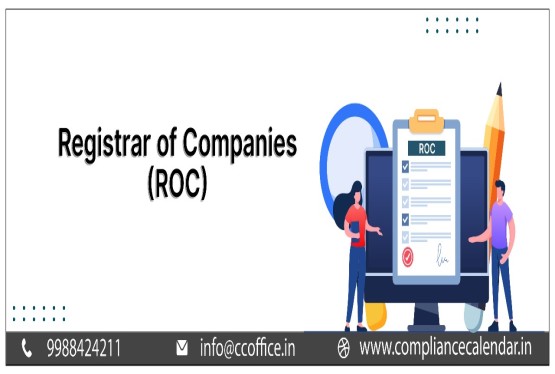







_Guidelines_learn_crop10_thumb.jpg)























_learn_crop10_thumb.jpg)
_crop10_thumb.jpeg)










_crop10_thumb.jpg)




_Second_Amendment_Rules,_2025_learn_crop10_thumb.jpg)






_learn_crop10_thumb.jpg)
































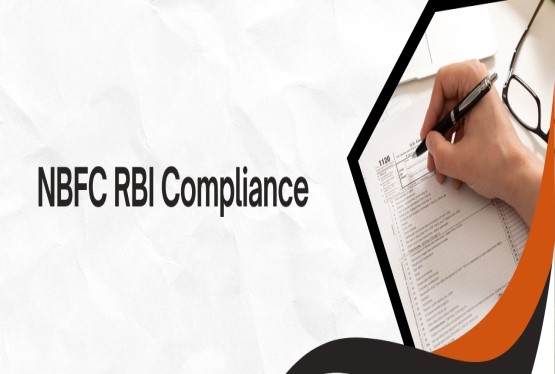











_learn_crop10_thumb.jpeg)








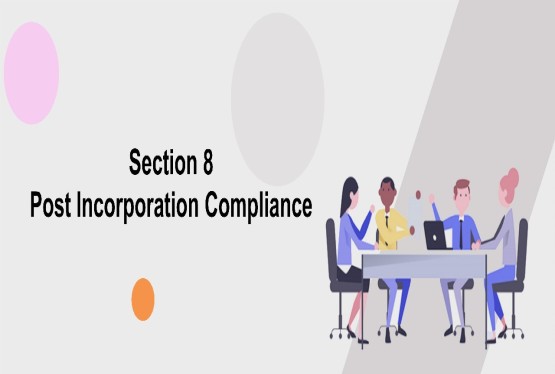
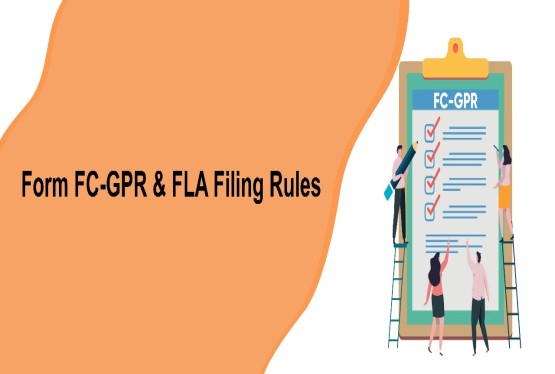

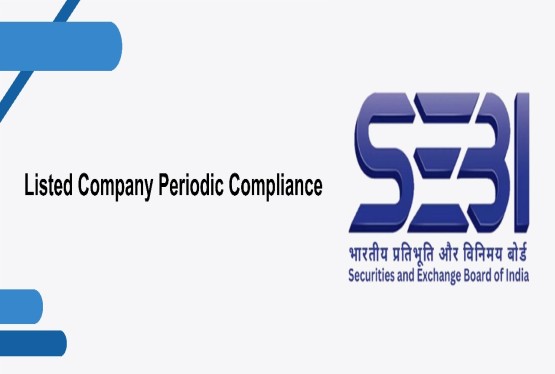







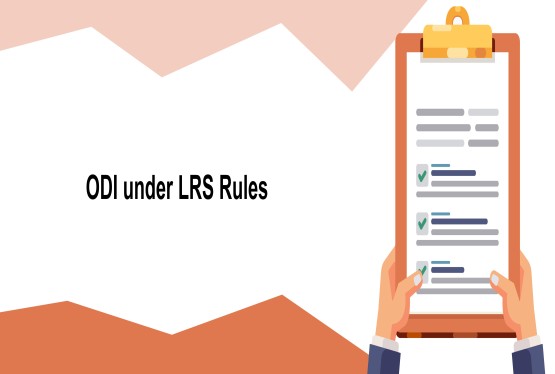



_learn_crop10_thumb.jpg)


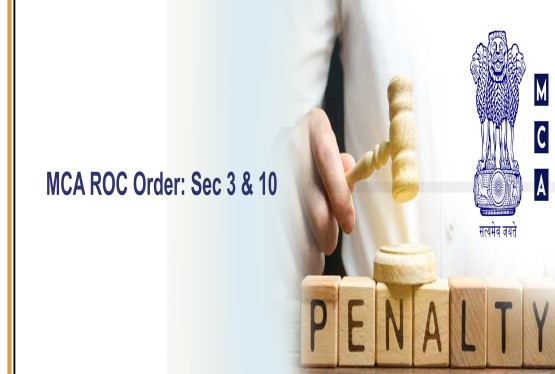
_rd_roc_learn_crop10_thumb.jpg)






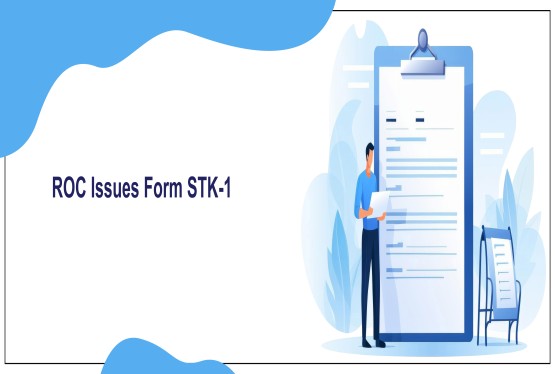








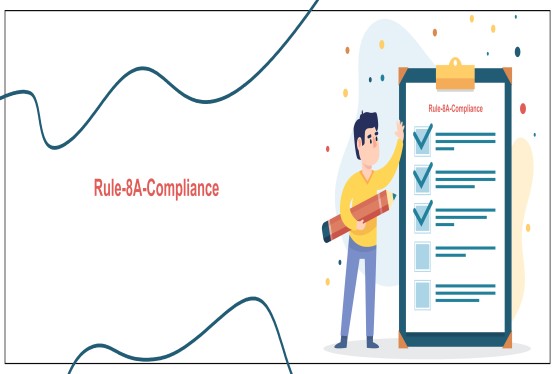
_learn_crop10_thumb.jpg)


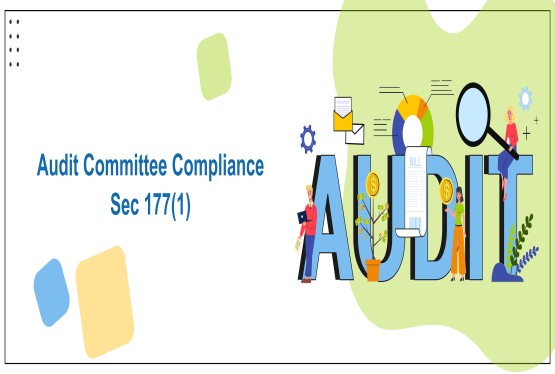



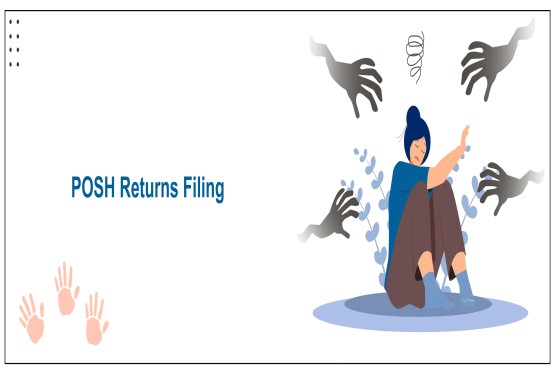
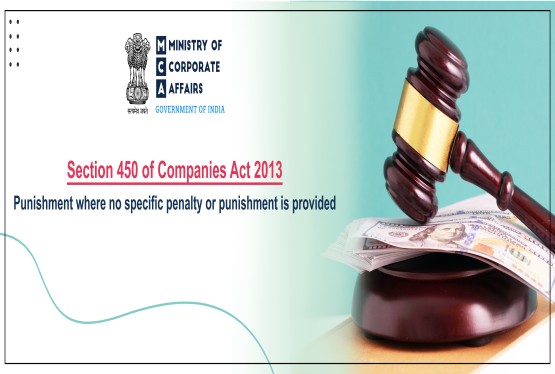

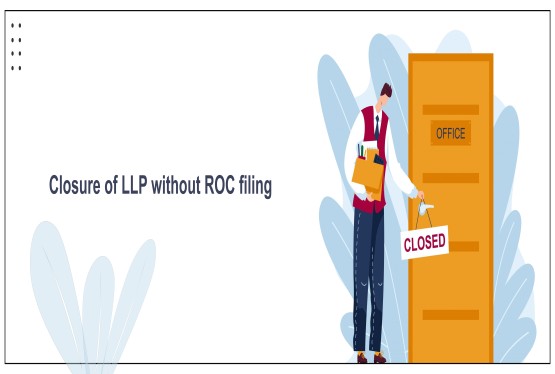


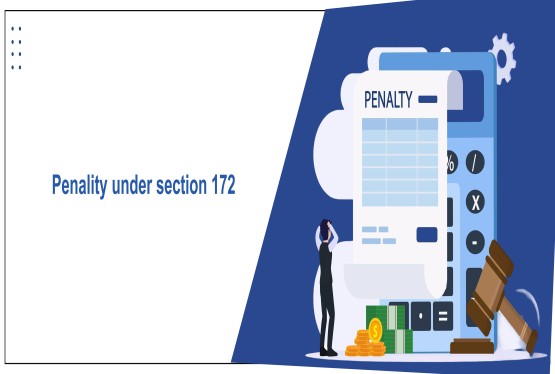

_learn_crop10_thumb.jpg)
_Learn_crop10_thumb.jpg)
